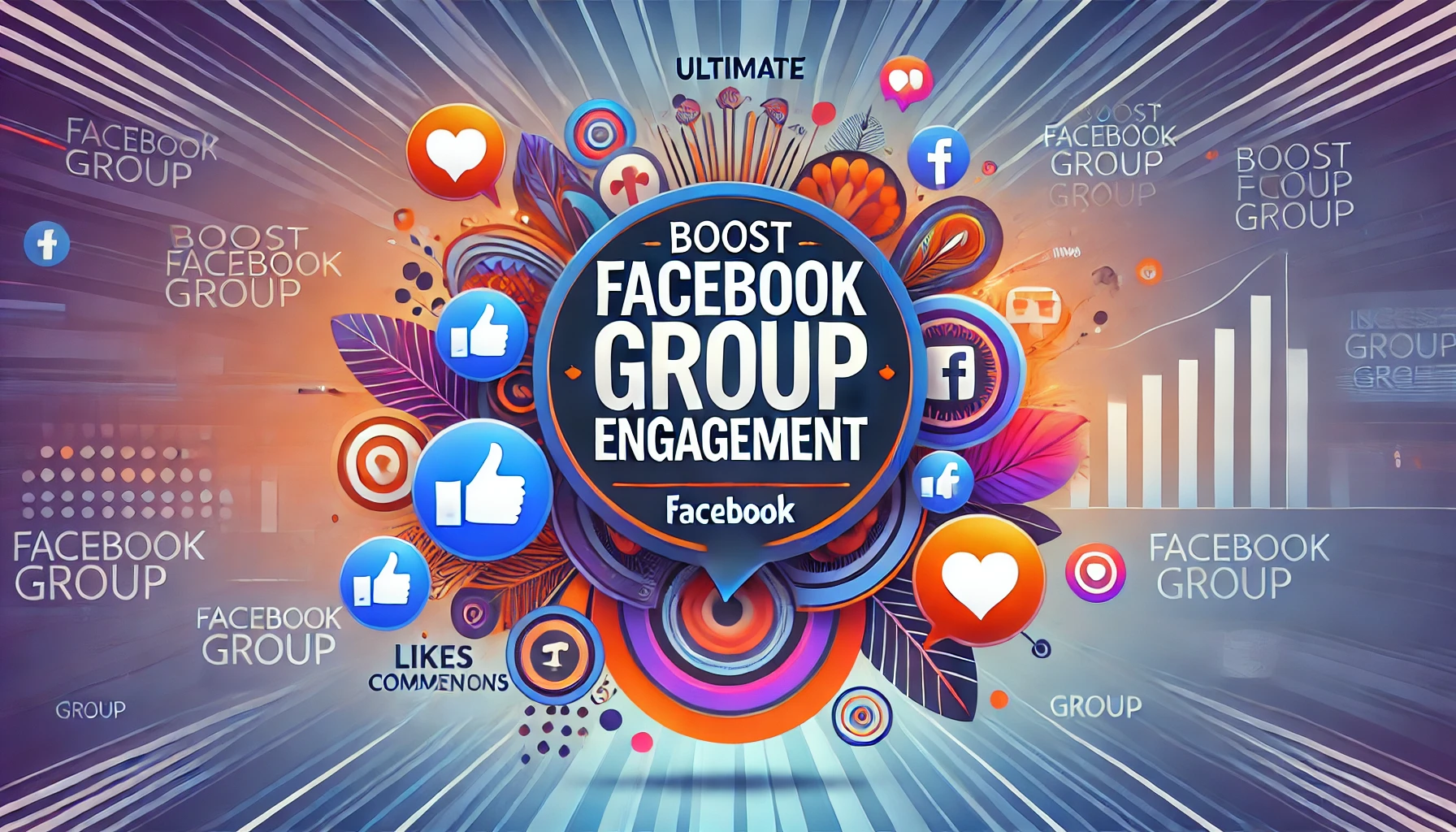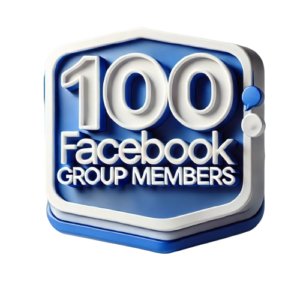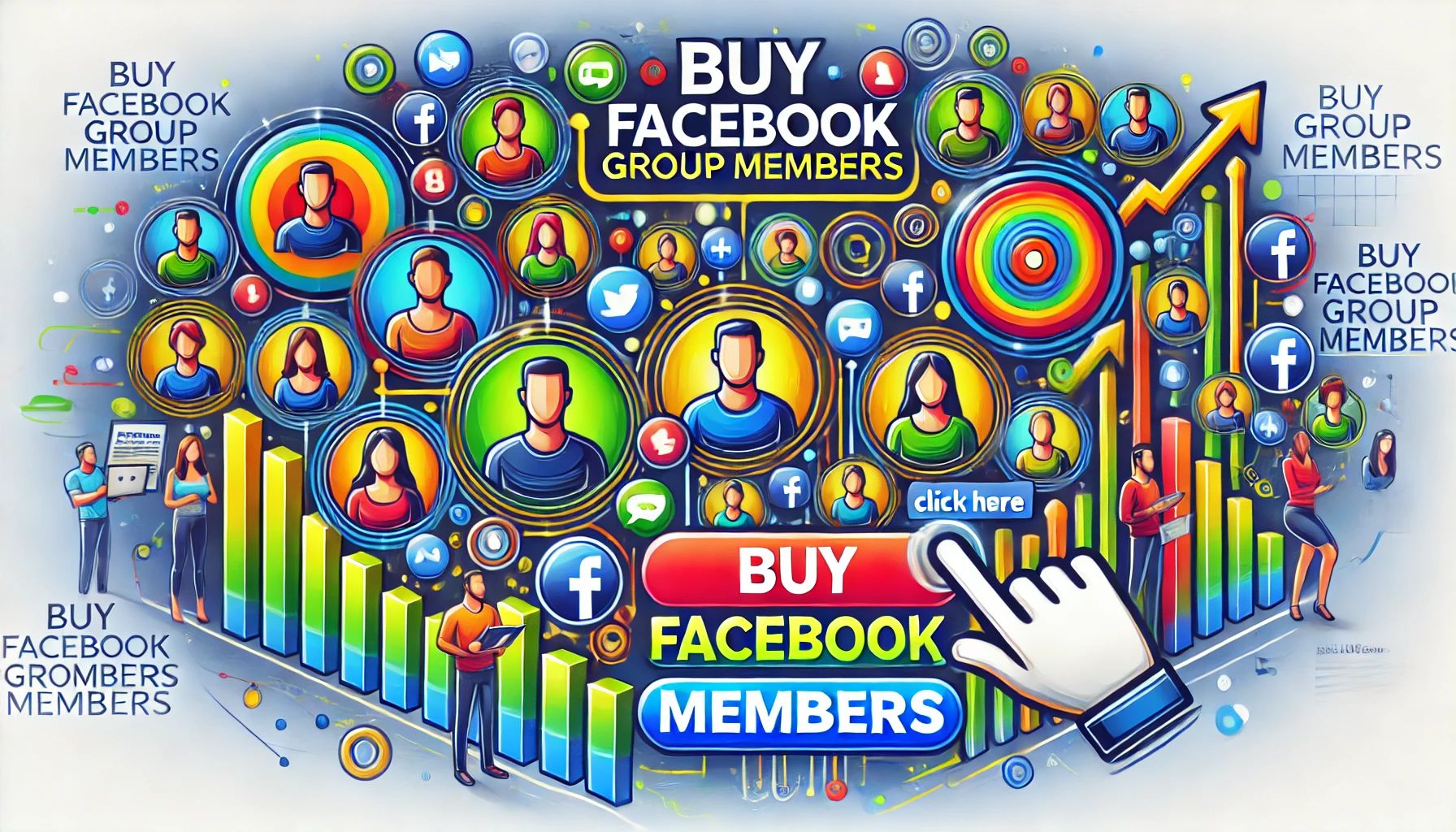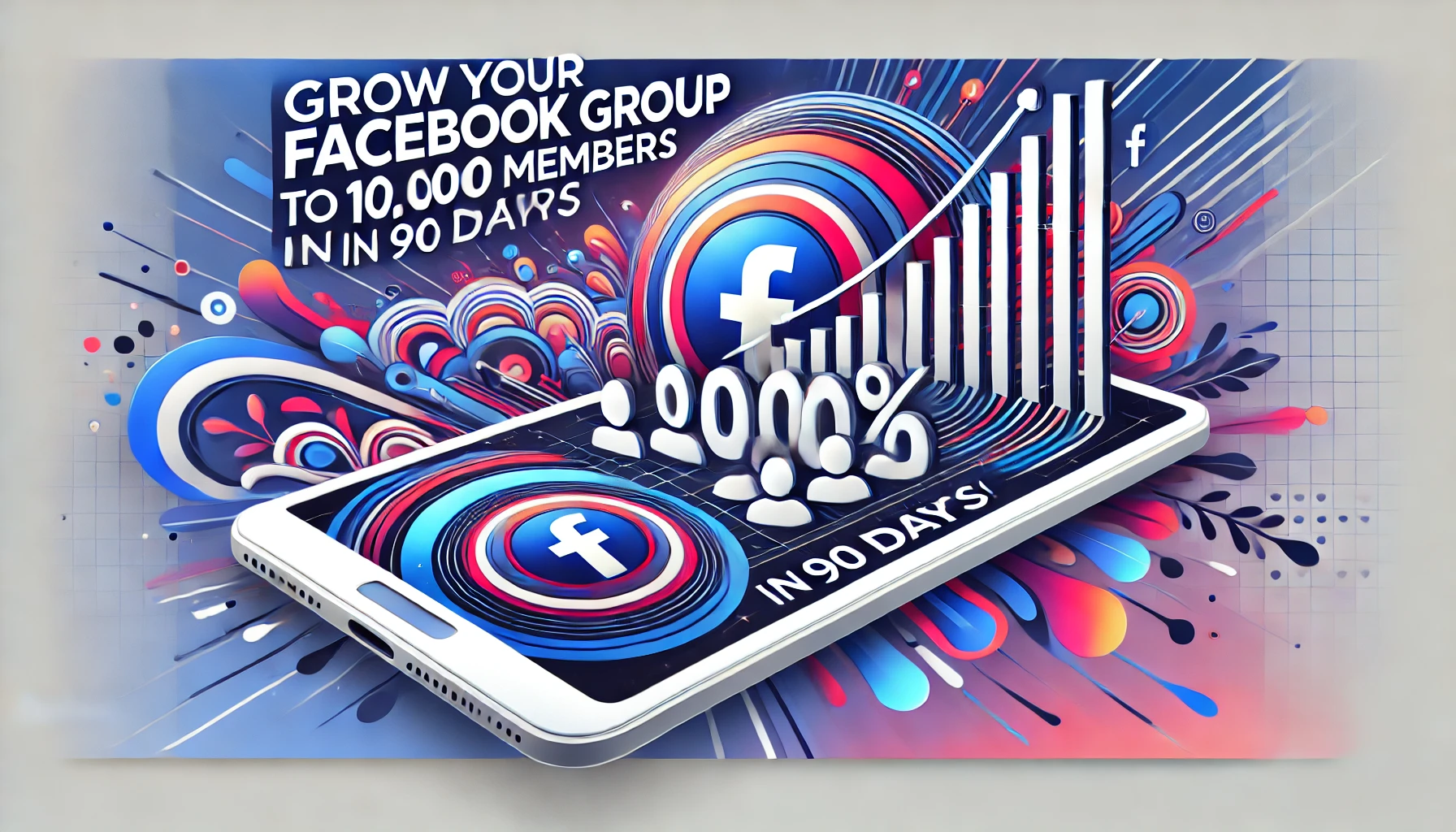In the ever-evolving world of social media, Facebook groups have become powerful tools for building communities, driving engagement, and fostering brand loyalty. However, creating a Facebook group is just the first step. The real challenge lies in generating interaction and keeping your members actively engaged. Inactive groups fade into obscurity, while thriving ones become valuable hubs for discussion and growth.
If you’re looking to boost interaction and transform your group into a vibrant community, this guide will provide you with the most comprehensive strategies to achieve just that.
1. Understand the Power of Engagement (Facebook’s Algorithm)
Facebook’s algorithm, often referred to as EdgeRank, determines which content appears in a user’s feed. Engagement—likes, comments, shares, and reactions—plays a crucial role in boosting a group’s visibility. The more interaction your posts receive, the higher the chance Facebook will promote them to other members.
This means that groups with consistent engagement enjoy better reach, while inactive groups experience a decline in visibility. Your primary goal should be to spark conversations that trigger these algorithmic signals.
—
2. Create Value-Driven Content
If your content doesn’t resonate with your audience, they won’t engage. Focus on creating posts that are:
Educational – Offer tips, guides, and resources relevant to your niche.
Entertaining – Memes, light-hearted polls, and relatable content encourage members to engage.
Interactive – Ask questions, create polls, and post surveys to invite feedback.
Timely – Post about current events or trends in your niche to keep your group relevant.
Consistency is key. Develop a content calendar to ensure you’re posting regularly without overwhelming your audience.
—
3. Ask Questions and Spark Discussions
Simple, open-ended questions can drive significant engagement. Questions like:
“What’s your biggest challenge with [niche topic]?”
“Which product/service do you prefer and why?”
“Share your best tip for [niche problem].”
By encouraging members to share their opinions, you create an environment where everyone feels heard and valued.
—
4. Run Polls and Surveys
Polls are quick, interactive, and easy to engage with. Use them to gather insights or simply entertain your group. Facebook’s poll feature allows you to get creative and engage members in decision-making.
For example:
“Which feature should we add next?”
“Pick your favorite
.”People love giving their input, and this not only boosts interaction but also helps you understand your audience better.
—
5. Utilize Live Videos and Events
Live videos are one of the most effective ways to engage with your community. Host Q&A sessions, tutorials, or behind-the-scenes streams. Live videos allow real-time interaction and make members feel personally connected to the group.
You can also create virtual events, webinars, or exclusive live sessions to encourage participation and foster a sense of exclusivity.
—
6. Welcome New Members with a Personal Touch
First impressions matter. Greet new members with a welcome post and encourage them to introduce themselves. Pin a welcome message or video that explains the group’s purpose and invites participation.
Consider asking new members a fun question as part of the onboarding process. For example:
“Tell us one fun fact about yourself!”
“What’s the biggest reason you joined this group?”
This immediately makes members feel involved.
—
7. Encourage User-Generated Content
Empower your members to contribute their own posts, images, and videos. When members feel like they can shape the community, they’re more likely to stay engaged.
Create threads where members can share experiences, wins, or tips. A weekly post like “Share Your Wins Wednesday” can keep the group buzzing with positivity.
—
8. Leverage Contests and Giveaways
Nothing excites a group like a contest. Run giveaways with simple rules that require interaction, such as:
“Comment below for a chance to win!”
“Tag a friend to enter the contest!”
Contests not only boost engagement but also attract new members as people share the excitement with their network.
—
9. Be Consistently Present and Active
As the group admin, you set the tone for interaction. Respond to comments, engage in discussions, and show up consistently. The more active you are, the more active your group will be.
If your group grows too large to manage alone, consider appointing moderators to help foster discussions and keep the environment lively.
—
10. Establish Clear Rules and Maintain a Positive Atmosphere
Groups that feel safe and inclusive encourage more participation. Set clear guidelines about acceptable behavior and ensure members respect each other. Actively moderate to prevent spam or negative interactions.
When members feel comfortable and respected, they are more likely to contribute.
—
11. Post at Optimal Times
Timing can significantly impact engagement. Use Facebook Insights to analyze when your members are most active and schedule posts during those peak hours. If your group is global, stagger posts to accommodate different time zones.
—
12. Celebrate Milestones and Acknowledge Members
Highlight group milestones, such as reaching a member count goal. Publicly recognize active members with shoutouts or badges. This sense of recognition fosters loyalty and keeps members engaged long-term.
—
13. Create Exclusive Content for Members
Offer content that can’t be found anywhere else. This could be:
Exclusive tutorials
Early product announcements
Member-only discounts
When people feel they are gaining unique value, they are more likely to interact and stay.
—
14. Collaborate with Influencers or Industry Leaders
Invite guest speakers, influencers, or experts to engage with your group. This brings fresh perspectives and draws in members who are eager to interact with notable figures.
—
15. Regularly Refresh and Evolve the Group’s Purpose
As your community grows, so should the group’s goals. Keep the group dynamic by evolving with the needs of your members. Poll the community periodically to understand their interests and adjust your content accordingly.
—
Final Thoughts
Building an interactive Facebook group requires patience, consistency, and a genuine focus on community building. By following these strategies, you’ll not only boost engagement but create a thriving hub where members feel valued and eager to participate.
The key is to prioritize authenticity and connection over numbers. A highly engaged group, even if smaller, holds far more value than a large but inactive one. Focus on quality interactions, and your group will naturally flourish.







